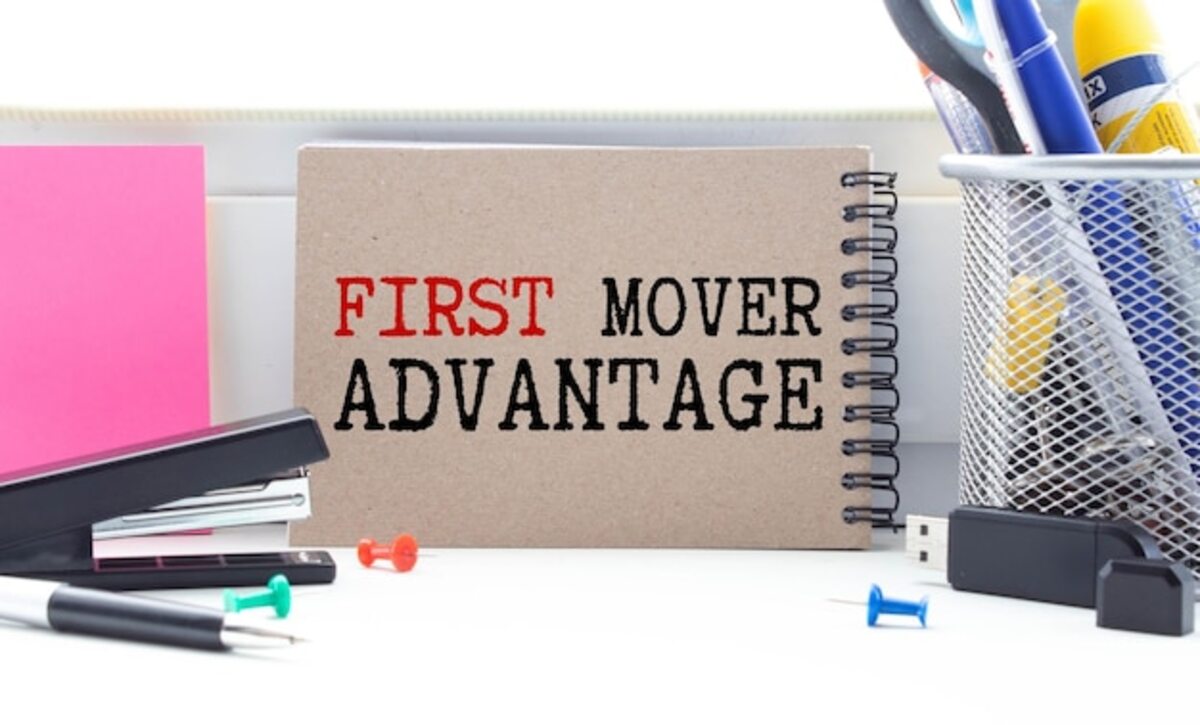Create an effective timeline for your move without setbacks.

Create an effective schedule for your move without setbacks. Moving can be one of the most stressful experiences in life, but with a well-structured schedule, you can turn chaos into order. In this article, we will guide you through essential steps to plan your move smoothly, ensuring that each task is organized and completed on time. Get ready to enjoy your new home without the usual stress!
1. Why is a timeline crucial for your move?
A timeline for your move is essential because it allows you to visualize and organize all the necessary tasks effectively. Without a clear plan, it's easy to get lost in the sea of details involved in relocating your life from one place to another. From gathering boxes to hiring a moving company, each aspect must be considered and scheduled properly. By having a timeline, you can assign specific times for each task, which not only helps you stay focused but also reduces the risk of forgetting something crucial in the process.
Additionally, having a well-structured schedule gives you the opportunity to anticipate potential setbacks. Moving can be full of surprises: from unexpected changes in the rental date to logistical issues with furniture. By planning ahead and setting realistic deadlines, you will be better able to adapt to any inconveniences that arise along the way. This not only reduces the stress associated with moving but also creates a more positive and organized environment in your new home from day one.
Step 1: Set a date and mark the beginning of the process.
To start a successful move, it is crucial to set a clear date that marks the beginning of the process. This date will serve as a key milestone in your timeline and allow you to visualize all the necessary tasks you need to carry out before the move. Take the time to consider factors such as your current lease agreement, the availability of your new spaces, and any eventualities that may arise. Once the date is established, make sure to share it with everyone involved in the process, from family to friends who may help you.
Once you have set the date, start breaking down the activities to be done based on the time left until that day. For example, if you have decided to move in a month, you can create a weekly task list that includes organizing items by rooms, hiring moving services, and notifying address changes. This way, each week will have a clear and achievable goal, which will not only keep you focused but also motivated as you see the progress of the process. Remember to be flexible in the face of possible unforeseen events; the key is to stay organized while enjoying the journey to your new home.
3. Step 2: Take an inventory of your belongings
To ensure an organized move without surprises, the first crucial step is to create a detailed inventory of your belongings. This process will give you a clear view of everything you own, preventing you from overlooking any important item. Start by categorizing your items: clothing, furniture, kitchen utensils, documents, and sentimental objects are just a few examples. By doing this, you will not only be able to determine what to take to your new home but also identify what you can sell or donate, thereby facilitating the clearance of your old space and reducing the burden for the move.
Once you have your inventory ready, make sure to document it properly. You can choose a simple spreadsheet or use applications specifically designed for this purpose. Including details such as the condition of each item and its approximate value can be useful for both practical purposes and for insuring your belongings during the move. Additionally, this list will serve as a guide when unpacking in your new home, ensuring that nothing is left behind and allowing you to establish order from day one in your new life.
4. Step 3: Create a list of daily and weekly tasks
To ensure a smooth move, it is essential to create a daily and weekly task list that helps you stay focused and organized. Start by identifying the most important activities you need to complete before your moving date. These may include hiring a moving company, purchasing supplies like boxes and tape, or notifying utilities about your change of address. By breaking down these tasks into concrete actions and assigning them a specific deadline, you will be able to clearly visualize what needs to be done each day and week.
Once you have your main tasks identified, distribute them on an accessible schedule. For example, dedicate the first days to packing the less used rooms, such as the basement or the garage, and reserve the weeks leading up to packing essential items that you use daily. Additionally, consider including activities in your list such as cleaning your old home before leaving it or coordinating with friends and family for help during the process. Keeping this list visible will allow you to keep track of your progress and adjust your plans as needed, ensuring that you do not forget any important details during this exciting yet challenging time.
5. Step 4: Arrange transportation and storage services
Once you have packed your belongings and prepared everything for the big day, the next crucial step is to arrange transportation and storage services. It is essential to select a reliable moving company that fits your needs and budget. Research different options, compare prices, and read reviews from other customers to ensure you make the best decision. Also, consider whether you will need a larger truck or if you can opt for a smaller one, depending on the volume of your belongings. Don't forget to coordinate with the company the exact date and time of the move to avoid any setbacks.
In addition to transportation, you may need to consider temporary storage. Sometimes, there is a gap between leaving your old home and moving into the new one, which may make it necessary to store some items in a safe place. Research nearby storage facilities and check their rates, security conditions, and accessibility. Properly storing your belongings will allow you to keep them protected while you sort out the final details of your move. With these services well organized, you'll be one step closer to making your transition a reality without unnecessary stress.
6. Step 5: Notify changes of address and utilities
Notifying address changes and utilities is a crucial step in any move. Often overlooked, it is essential to ensure that the transition to your new home is as smooth as possible. Before packing the last box, make sure to contact the postal service to redirect your mail to your new address. This includes not only letters and packages but also important documents that may arrive at your old address. Additionally, check if there are any other services you need to notify, such as subscriptions or delivery services.
When it comes to utilities, it is essential to contact providers such as electricity, water, gas, and internet. Inform them about the date you will be moving to ensure that everything is active in your new home from day one. You may also want to consider scheduling connections or disconnections in advance to avoid unpleasant surprises. A good tip is to make a list of all the services you need to manage and check off each task as you complete it; this will help you maintain clear control and avoid any inconvenience upon arriving at your new space.
7. Step 6: Strategic packing by rooms
Packing strategically by rooms is a crucial step to ensure that your move is as smooth as possible. Start by identifying and grouping the items that belong to each area of your home. For example, if you are packing the kitchen, gather all the utensils, appliances, and dishes into designated boxes. This will not only help you maintain order during the packing process but also facilitate organization when unpacking in your new home. Use labels or a color-coding system to identify each box according to the corresponding room; this will make it much easier to locate what you need once you reach your destination.
It is also advisable to pack the least used rooms first and leave the essential ones for last, such as the living room and the bedrooms. This way, you can continue enjoying your spaces while you progress with the moving process. Also, remember to properly protect fragile items and ensure that the boxes are securely sealed to avoid unpleasant surprises during transportation. By adopting this methodical and organized approach, you will not only optimize your time during the move but also ensure a smoother transition to your new home.
8. Moving day: tips for staying calm and being efficient
Moving day has arrived and, although it may seem overwhelming, it is crucial to stay calm to ensure everything goes smoothly. Before you start, make sure to have a checklist with all the pending tasks and essential items you need for the day. This includes confirming the arrival of the moving truck, having the keys to the new home ready, and ensuring that all important documents are in an accessible place. Take a few minutes to breathe deeply and organize your thoughts; remember that you have worked hard to get to this point.
To be efficient during the process, divide tasks among the members of the moving team or friends who are helping you. Assign specific roles: some can take care of loading boxes while others organize the contents in the new home. Use labels on the boxes to quickly identify their destination, which will save time and effort when unpacking. Additionally, don't forget to establish a designated area for essential items like food, clothing, and personal hygiene products; this will make your first day in the new house easier. Maintaining a positive attitude and focusing on the excitement of the change will help you cope with any setbacks that may arise.



